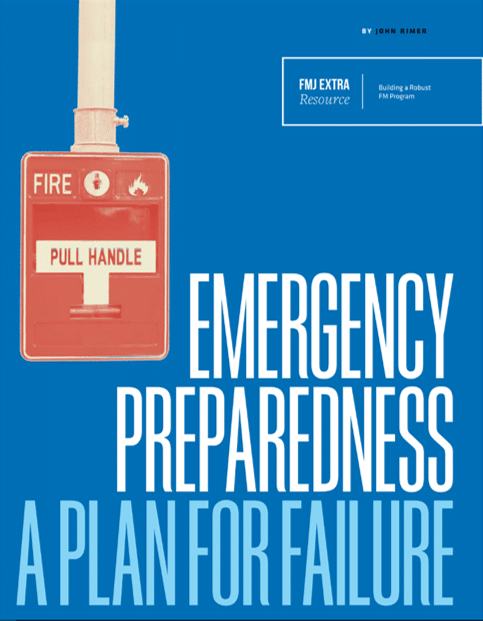 There has been much talk about the exodus of the Baby Boomer generation (born 1946 to 1964) from the workforce, especially as more and more retire – estimated at a rate of 10,000 per day. The resulting impact and stress it will create on businesses and productivity has many worried about the economy and inability to backfill their positions – they are exiting the workplace faster than they can be replaced. While this exodus does pose many challenges, what gets little attention is the up and coming Millennial generation, which is typically identified as those born between 1980 and 2000. The Millennials, also known as GenY, are 86 million strong, which is 7% larger than the Baby Boomer generation at their peak, leading many to refer to the Millennials as the “echo-boom”. A U.S. labor study reported that in 2010, the labor force was comprised of 38% Baby Boomers, 32% GenX (those born 1965 to 1980), and 25% Millennials. By 2020, it is estimated that the Millennials will account for nearly half of the workforce – essentially doubling in 10 years.
There has been much talk about the exodus of the Baby Boomer generation (born 1946 to 1964) from the workforce, especially as more and more retire – estimated at a rate of 10,000 per day. The resulting impact and stress it will create on businesses and productivity has many worried about the economy and inability to backfill their positions – they are exiting the workplace faster than they can be replaced. While this exodus does pose many challenges, what gets little attention is the up and coming Millennial generation, which is typically identified as those born between 1980 and 2000. The Millennials, also known as GenY, are 86 million strong, which is 7% larger than the Baby Boomer generation at their peak, leading many to refer to the Millennials as the “echo-boom”. A U.S. labor study reported that in 2010, the labor force was comprised of 38% Baby Boomers, 32% GenX (those born 1965 to 1980), and 25% Millennials. By 2020, it is estimated that the Millennials will account for nearly half of the workforce – essentially doubling in 10 years.
With the surge of Millennials, comes many changes to the work environment and how business is conducted. For example, the Millennials are the first generation to grow up with technology; thus their dependence and use of technology for communication and performing work is far greater than previous generations. Additionally, they tend to be far more collaborative, generally making decisions by consensus, soliciting input from various team members. This also affects their approach to troubleshooting, brainstorming, and “ideation” (or idea generation). These generation-driven culture changes are already having a significant impact on the design and function of facilities, the growth of technology spaces, and the success of organizations. Companies are morphing so that they can attract and retain this new labor force and maintain a competitive edge in the marketplace. Facility Managers must be mindful of these changes, as they will provide both challenges and opportunities in how buildings are designed and operated and the value Facilities Departments return to the bottom line in productivity and costs.
Given Millennials work more by collaboration, workspaces have to be flexible and functional. Community spaces, both large and small, must be deployed throughout the building. For example, cafeterias and common spaces are being used far more for scheduled and impromptu meetings than the typical meeting room. Thus building owners and designers are changing the form and function of these spaces to accommodate this type of teamwork.
These spaces, or “collaboration zones”, should provide the ability for workers to exchange ideas and brainstorm. The walls and chairs should be movable, able to accommodate varying group sizes. The surfaces should be functional and usable allowing the team members to literally throw ideas on the wall. The space should be open and bright with good natural lighting – as that is the type of creativity these spaces are designed to generate. The end goal is to remove barriers for teamwork and to promote ideation and creativity on a moment’s notice.
The mobility of the new workforce is also driving other architectural changes and opportunities to reduce facility cost. For example, Jeff Roof in his article The Next Frontier for Bottom-Line Cost Cutting (FMJ Sept/Oct 2013) pointed out that the average cost of office space per employee is $10,000 to $15,000 per year. With workspace utilization rates of less than 40%, as Jeff also highlights, there is ample opportunity to reduce our overall facility footprint and costs. This mobility does require similar flexibility as mentioned above and further reemphasizes the need for the aforementioned collaboration zones. Hoteling sites and wireless network access are needed to accommodate these employees when they do land in the office. Additionally, owners are seeing the need for their employees to connect with their fellow teammates when in the office, so designers are intentionally creating “collision points” such as cafeterias, community spaces, and large, central stairwells to precipitate these type of interactions.
This mobility and collaborative mindset is causing adjustments in technology as well. For example, the purchase of PCs continues to drop, while mobile devices, such as tablets and smartphones, are surging as a staple in the office environment. With the mobile devices comes increased demand for wireless access; which, in turn, increases the need for tighter, yet accommodating, network security and greater networking bandwidth resulting in more and larger server and network rooms. Thus facility managers must have a firm understanding of data centers, server rooms, and network closets and the needs of their respective systems.
In summary, the tides are changing. Are you capturing the exiting tribal knowledge of the Baby Boomer workforce? Are you preparing your facilities for the incoming surge of Millennials? Are you accounting for the development of collaboration zones and increased technology demands in your strategic facility plans and building refresh projects? Are you taking advantage of the low office utilization rates to consolidate facilities and lower overall facility costs? Are you managing server rooms and data centers as critical environments? These are all key questions you should ask yourself in evaluating your existing facility program.
As managers, it is crucial that we see these trajectories and position ourselves and our organizations for success – to be at the right place at the right time.







